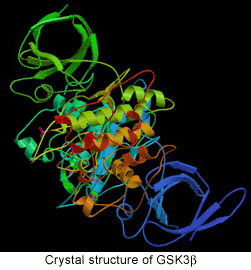UMA
LIÇÃO PARA TODOS NÓS
(Depoimento de um médico)
Um
homem, de idade já bem avançada, veio à
Clínica onde trabalho, para fazer um
curativo na mão ferida. Estava
apressado, dizendo-se atrasado para um compromisso. Enquanto
o tratava, perguntei-lhe qual o motivo da pressa. Ele me disse
que precisava ir a um asilo de anciãos para, como sempre,
tomar o café da manhã com sua mulher que estava
internada lá. Disse-me
que ela já estava há algum tempo nesse lugar,
porque tinha um Alzheimer bastante avançado.
Enquanto
acabava de fazer o curativo, perguntei-lhe se ela não
se alarmaria pelo fato de ele estar chegando mais tarde.
—
Não — ele disse. — Ela já
não sabe quem eu sou. Faz quase cinco anos que não
me
reconhece.
Estranhando,
lhe perguntei: — Mas, se ela já não
sabe quem o senhor é, porque essa necessidade de estar
com ela todas as manhãs?
Ele sorriu, e dando-me uma palmadinha na mão, respondeu:
—
É. Ela não sabe quem eu sou, mas, contudo,
eu sei muito bem quem ela é.

Meus
olhos lacrimejaram enquanto ele saía, e eu pensei:
Essa
é a classe de amor que eu quero para a minha vida. O
verdadeiro amor não se reduz ao físico nem ao
romântico. O verdadeiro amor é a aceitação
de tudo o que o outro é, do que foi, do que será
e... do que já não é.

ALZHEIMER'S
DISEASE (AD)
http://www.hwi.buffalo.edu/Research/AreasOfStudy/Alzheimers.html

Alzheimer’s disease (AD)
is a progressive, degenerative disease of the brain that causes
a person to forget recent events and familiar tasks. The most
common form of dementia, AD is relentless, interfering with
daily functioning and eventually leading to death. At this time,
there is no clear understanding of how the disease develops,
and there is no medical treatment available to stop the progression
of the disease. However, suspected causes include genetic predisposition,
abnormal protein buildup in the brain, and environmental toxins.
Current research has shown that
there are two distinct differences in the brains of AD patients
when compared with non-AD patients. First, there is the formation
of senile plaques that disrupt the normal structure and function
of nerve cells, but it is unknown whether these plaques are
the cause or an effect of the disease. Second, there is the
formation of neurofibrillary protein tangles that cause the
branches that sprout from neurons to become disorganized and
collapse. This lack of structure results in severed neuronal
connections that cause the dementia and brain-cell death associated
with AD.